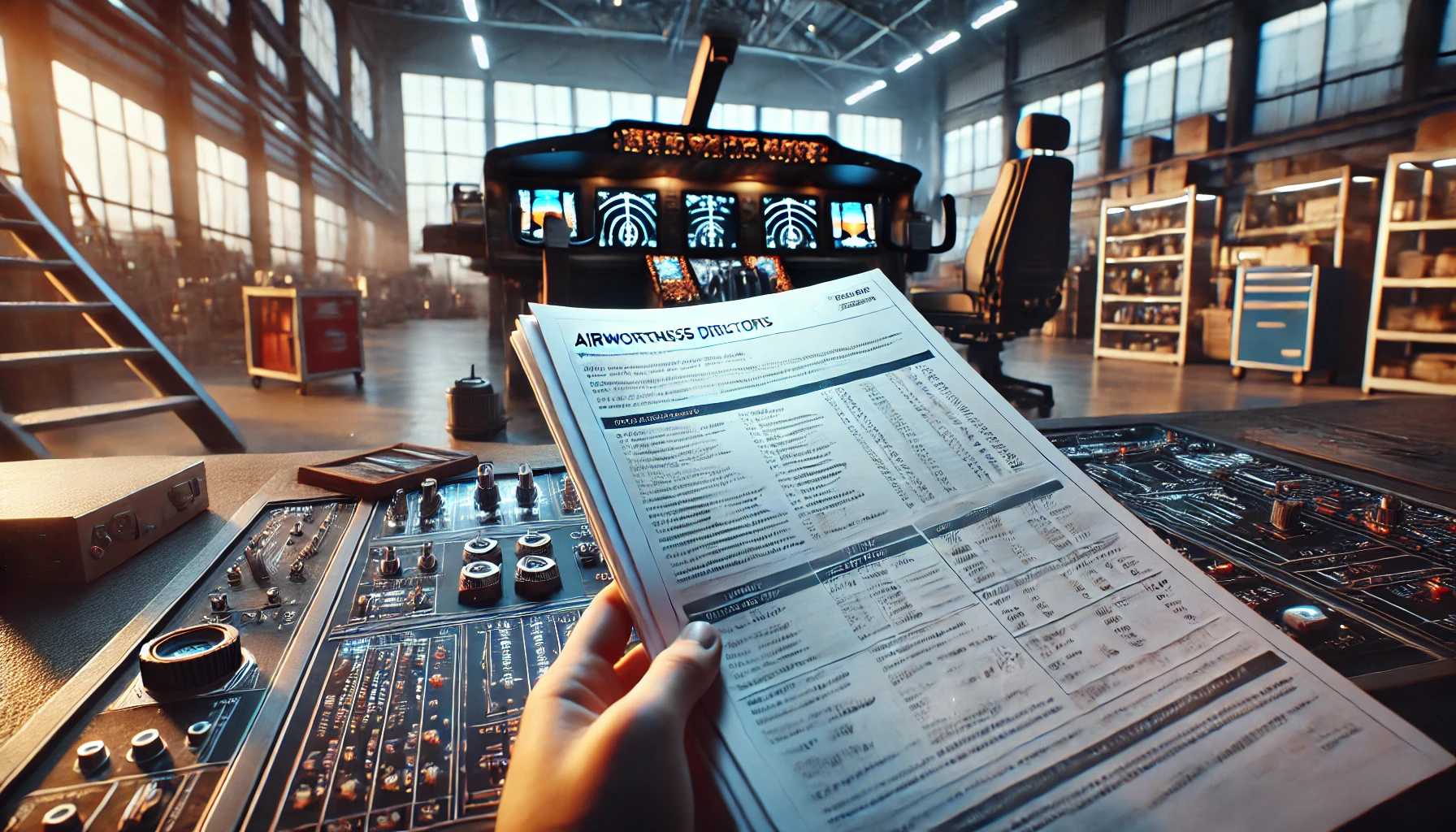Welcome aboard, aviation enthusiasts and aspiring pilots! Have you ever wondered how aircraft smoothly navigate the skies during turns? Enter the unsung hero of flight dynamics—the turn coordinator. This vital instrument not only enhances your flying experience but also plays a crucial role in safety and control.
Whether you’re a seasoned pilot or just starting your journey into the world of aviation, understanding the turn coordinator is essential for mastering those graceful bank angles. Join us as we dive into its mechanics, significance, and tips on how to make it work for you—because every great flight begins with knowing what makes it tick!
Buckle up; it’s time to take off into the fascinating realm of flight dynamics!
Introduction to the Turn Coordinator and its importance in flight dynamics
When you step into the cockpit of an aircraft, you’re not just taking control of a machine; you’re entering a world where precision and awareness are paramount. One tool that plays a crucial role in ensuring smooth maneuvers is the Turn Coordinator. This unassuming instrument might seem simple at first glance, but its contributions to flight dynamics are anything but minor.
Understanding how the Turn Coordinator functions can elevate your flying experience. It helps pilots maintain proper bank angles and rates of turn while keeping flights coordinated. Whether you’re a seasoned aviator or just starting your journey in aviation, grasping the nuances of this valuable tool can make all the difference when it comes to safety and efficiency in the skies.
Understanding the structure and components of the Turn Coordinator
The Turn Coordinator is a vital instrument in an aircraft’s cockpit, specifically designed to aid pilots during turns. Its structure consists of a small, circular dial that displays crucial information about the aircraft’s movement.
At the heart of this device lies an internal gyroscope. This gyroscope helps maintain orientation and stability while flying. It detects changes in motion and provides real-time feedback on the aircraft’s bank angle.
Additionally, there are two key indicators: the turn rate indicator and the coordination bar. The turn rate indicator showcases how quickly an airplane is turning, typically measured in degrees per second. The coordination bar informs pilots whether they are executing a balanced turn or if adjustments need to be made for optimal performance.
Understanding these components allows pilots to make informed decisions while navigating through various flight maneuvers effectively.
The role of the Turn Coordinator in determining aircraft bank angle, rate of turn, and coordination
The Turn Coordinator is a crucial instrument in aviation, providing pilots with essential information about the aircraft’s orientation during flight. It measures both bank angle and rate of turn, allowing for precise control during maneuvers.
When an aircraft banks, the Turn Coordinator displays this angle visually. This helps pilots maintain optimal performance while turning, ensuring they do not exceed safe limits.
Additionally, it indicates the rate at which the airplane is changing direction. A steady turn requires a consistent input from the pilot to keep things smooth.
Coordination between various inputs—like rudder and aileron—is vital for efficient flying. The Turn Coordinator aids in achieving this by showing whether additional adjustments are necessary to avoid uncoordinated flight or potential stalling situations.
Understanding these dynamics enhances situational awareness and helps ensure smoother navigation through airspace challenges.
Common errors and misconceptions about the Turn Coordinator
Many pilots misinterpret the Turn Coordinator as merely a tool for measuring turn rate. While it indeed indicates how quickly you’re turning, it doesn’t account for bank angle or aircraft performance.
Another common misconception is that the Turn Coordinator always provides accurate readings in all conditions. External factors, such as turbulence and airspeed variations, can affect its reliability.
Some might assume that this instrument alone ensures safe turns. In reality, it’s just one part of a broader set of instruments guiding your flight decisions.
Newer pilots often overlook pre-flight calibration checks on their Turn Coordinators. Neglecting these crucial steps can lead to significant errors during flight operations.
Lastly, there’s confusion about interpreting the markings correctly. Understanding what each line signifies will enhance situational awareness and improve overall flying skills.
How to interpret and use the information displayed on the Turn Coordinator
Interpreting the Turn Coordinator requires a keen eye. The instrument typically features a rotating airplane symbol and a graduation scale, often marked in degrees per minute.
When the airplane symbol is centered within the markings, you’re executing a standard rate turn—about three degrees per second. This maintains efficient flight dynamics. If it deviates to either side, adjust your bank angle accordingly to bring it back into alignment.
The markings also indicate whether you’re turning too steeply or too lightly. An excessive bank can lead to increased stall risk; conversely, an insufficient bank may result in poor coordination during turns.
Additionally, pay attention to any fluctuations caused by turbulence or external factors like wind shear. Regularly monitoring these changes allows for better decision-making and enhances overall flight safety while maintaining comfort for passengers onboard.
Impact of external factors on the accuracy of the Turn Coordinator readings
External factors can significantly affect the accuracy of Turn Coordinator readings. One major influence is atmospheric pressure changes. Variations in altitude and temperature can alter the performance of the gyroscopic components, leading to inaccurate data.
Additionally, turbulence plays a crucial role. Sudden air movements may cause erratic behavior in readings, making it difficult for pilots to trust the displayed information during critical moments.
Another consideration is aircraft configuration. Changes such as deploying flaps or landing gear can shift weight distribution and impact how well the Turn Coordinator functions.
Finally, pilot input cannot be overlooked. Misinterpretation or improper use of controls while relying on these instruments may lead to erroneous assumptions about flight dynamics. Awareness of these external factors ensures safer flying practices and better decision-making in the cockpit.
Importance of regularly checking and calibrating the Turn Coordinator for safe flying
Regularly checking and calibrating the Turn Coordinator is essential for maintaining flight safety. This instrument plays a crucial role in helping pilots understand their aircraft’s attitude during turns.
A malfunctioning Turn Coordinator can lead to incorrect readings. This might cause pilots to misjudge bank angles or turn rates, potentially leading to dangerous situations.
Calibration ensures that the device provides accurate information at all times. Even small discrepancies can result in significant issues during flight maneuvers.
Pilots should make it a habit to verify their instruments before each flight. Routine checks can help spot any inconsistencies early on.
Furthermore, external factors like temperature changes or altitude shifts may affect instrument performance over time. Keeping up with these adjustments promotes safer flying practices and better decision-making in critical moments. Prioritizing this aspect of pre-flight preparation enhances overall operational reliability.
Real-life examples and scenarios showcasing the importance of understanding and using the Turn Coordinator effectively
Consider a pilot navigating through turbulent weather. The Turn Coordinator becomes essential here, helping the pilot maintain an appropriate bank angle while avoiding excessive yaw. Misreading this instrument could lead to uncoordinated turns, risking loss of control.
In another scenario, imagine a flight instructor teaching a student. The instructor emphasizes using the Turn Coordinator to demonstrate proper rate of turn during steep maneuvers. By understanding its indications, the student gains confidence in executing safe and efficient turns.
During cross-country flights, pilots rely on the Turn Coordinator for maintaining heading accuracy while making course adjustments. A misinterpretation can result in unintended deviations from their flight path.
Finally, think about emergency situations where quick decision-making is crucial. An accurate reading from the Turn Coordinator can guide pilots in stabilizing their aircraft and ensuring safety when seconds matter most. Understanding this tool transforms how one navigates challenges in aviation.
Conclusion: The vital role of the Turn Coordinator in flight safety and efficient flying.
The Turn Coordinator plays a vital role in enhancing flight safety and efficiency. By accurately indicating the aircraft’s bank angle and rate of turn, it provides crucial information to pilots during maneuvers. Understanding how to interpret its readings allows for better coordination between the ailerons and rudder, ensuring smooth turns without risking adverse yaw.
Regular checks and calibration are essential for maintaining the accuracy of this instrument. External factors like turbulence or wind can affect performance, making awareness even more critical when flying under varying conditions.
Real-life scenarios highlight its importance—whether it’s navigating through airspace or executing standard turns on approach, knowing how to effectively use the Turn Coordinator can make all the difference. This instrument is not merely an accessory; it’s an integral part of safe flying practices that every pilot should master as they navigate through skies with confidence.




